South Africa
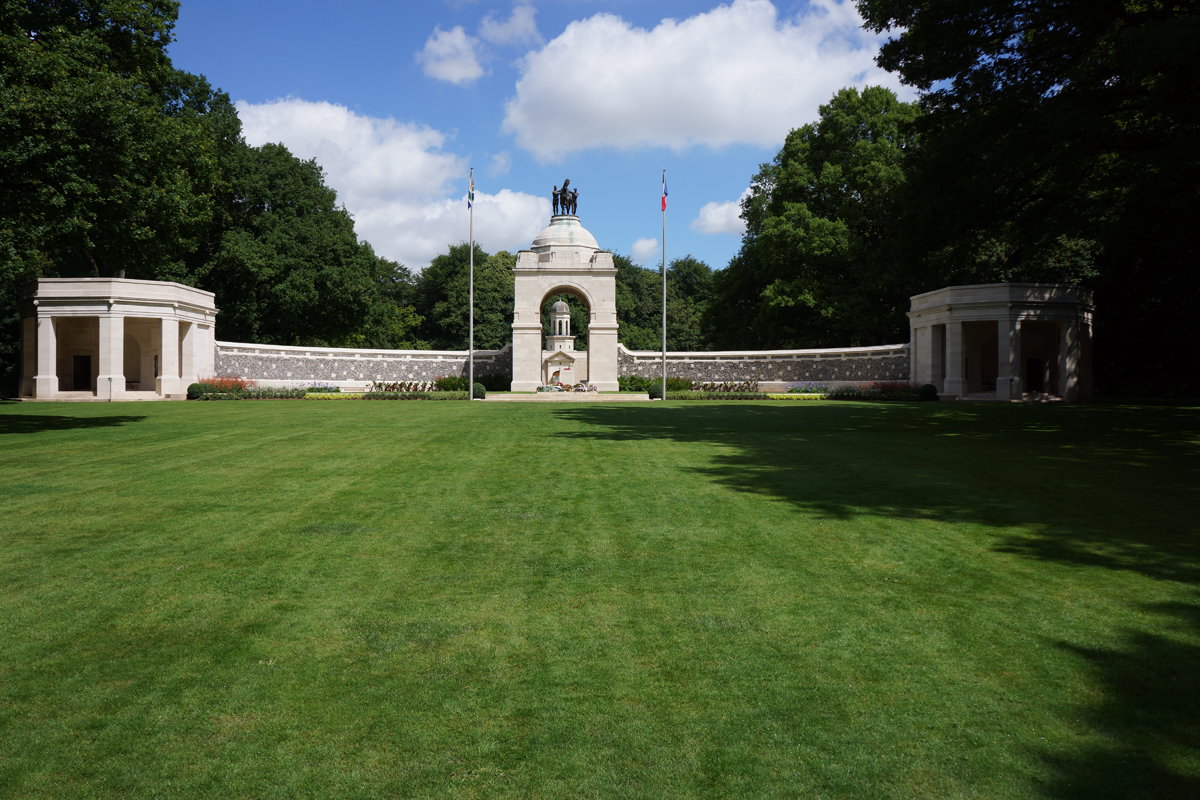
The South African National Memorial, Delville Wood
On the 15th July 1916 the South African Brigade under the command of Lt Col Thackerey passed through the battle raging in Longueval and entered Delville Wood. The first memorial to be raised here was erected by survivors of this battle during the war. In 1926 this was replaced by the South African National Memorial which stands in middle of the wood.
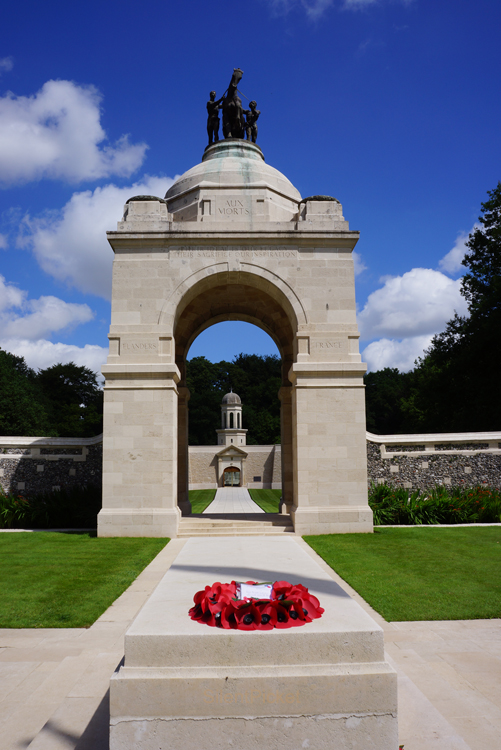
South African Memorial and Museum, Delville Wood
Through the archway one can see the Museum to the South African Forces. Opened in 1986 the building is a replica of the Castle of Good Hope in Cape Town.
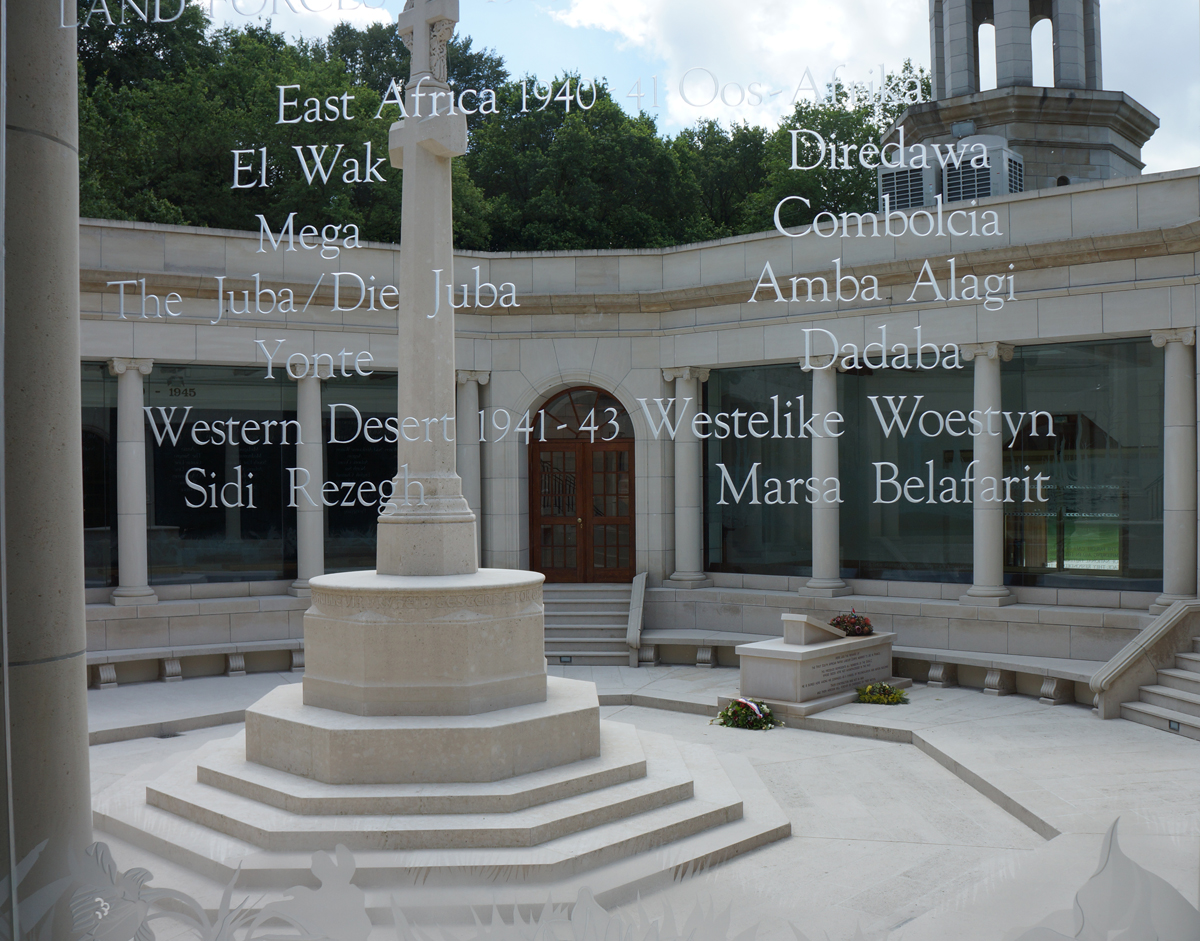
The internal courtyard in the Museum to the South African Forces
An outstanding building, featuring some extremely fine etched glass, it houses a collection which is dedicated to the 25,000 South Africans who have lost their lives serving their country in war.
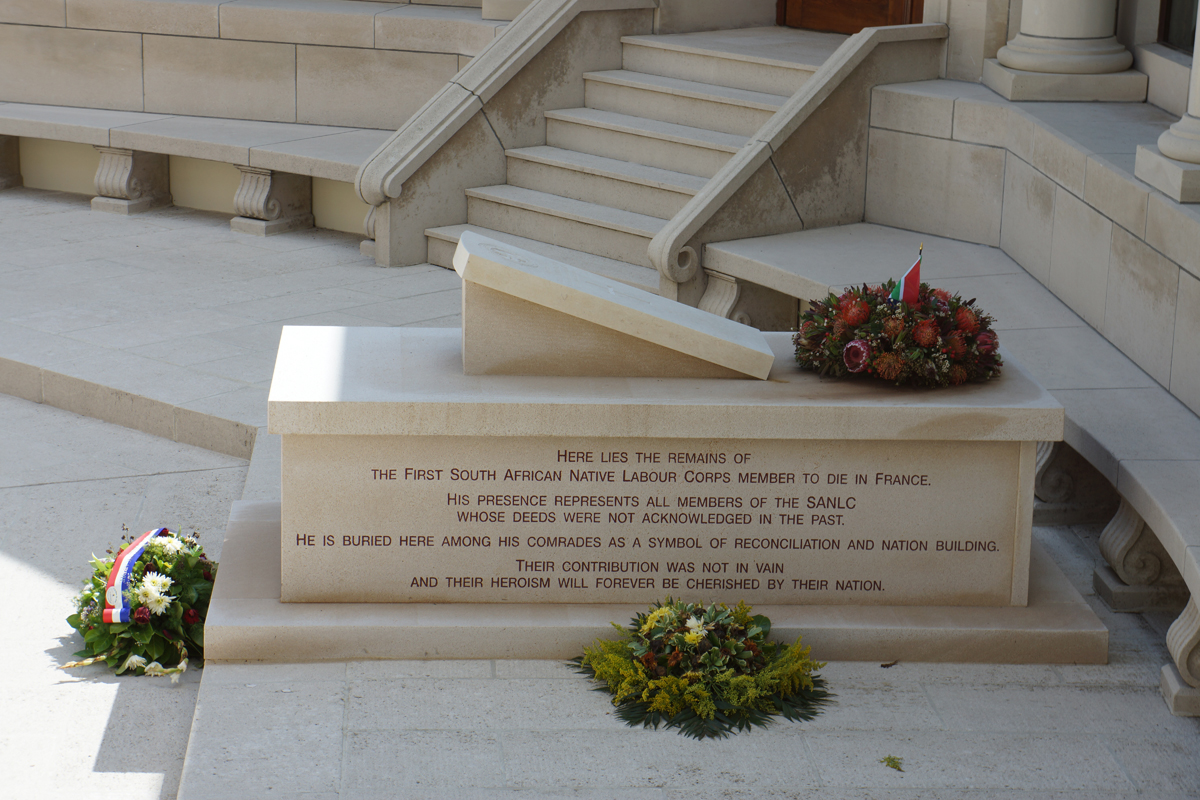
Tomb of the first SANLC soldier to die in France
In 2014 at the start of the centenary the first soldier from the South African Native Labour Corps to have died in service was exhumed and reinterred in a sarcophagus inside the museum in a tribute to all the SCNLC who lost their lives during the First World War.
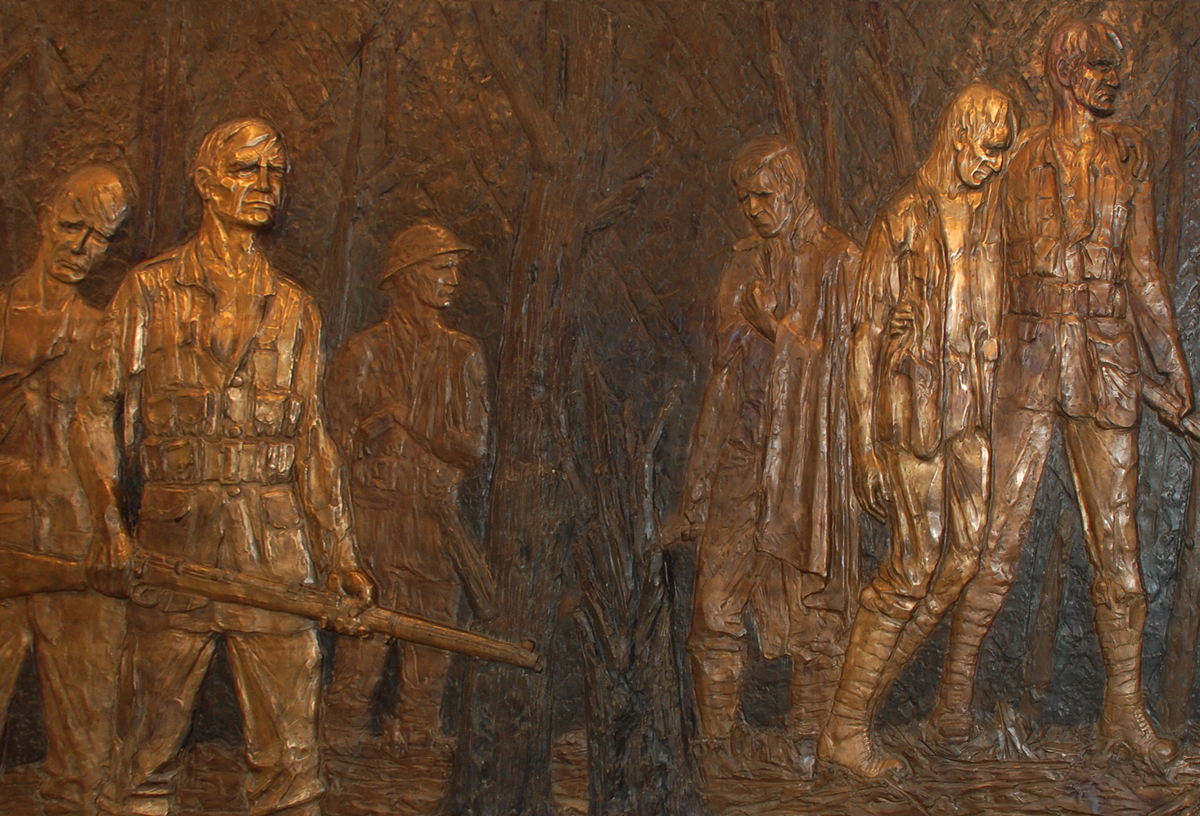
Brass relief illustrating the end of the stand in the wood
A mixture of artworks and artifacts tell the story of South African Forces throughout the 20th Century
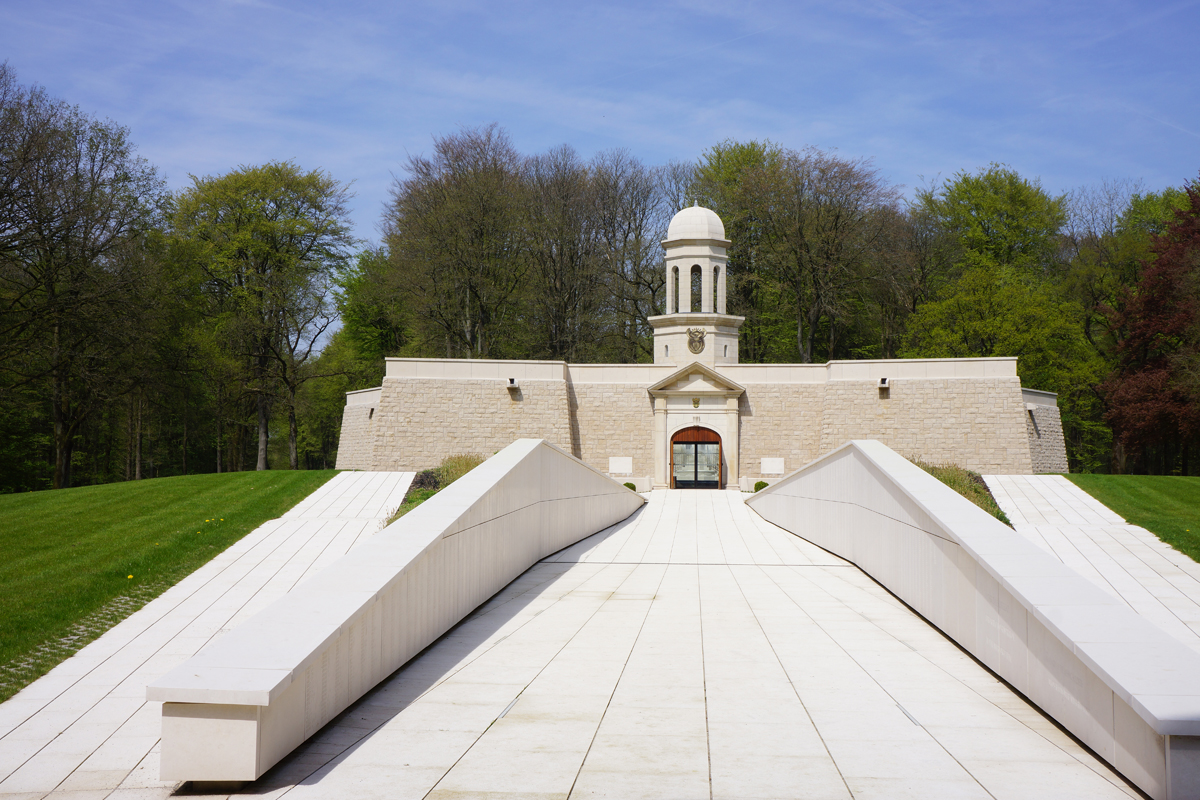
Museum showing the walkway with Memorial Walls
Linking the memorial and the museum there is a walkway edged with a low stone wall.
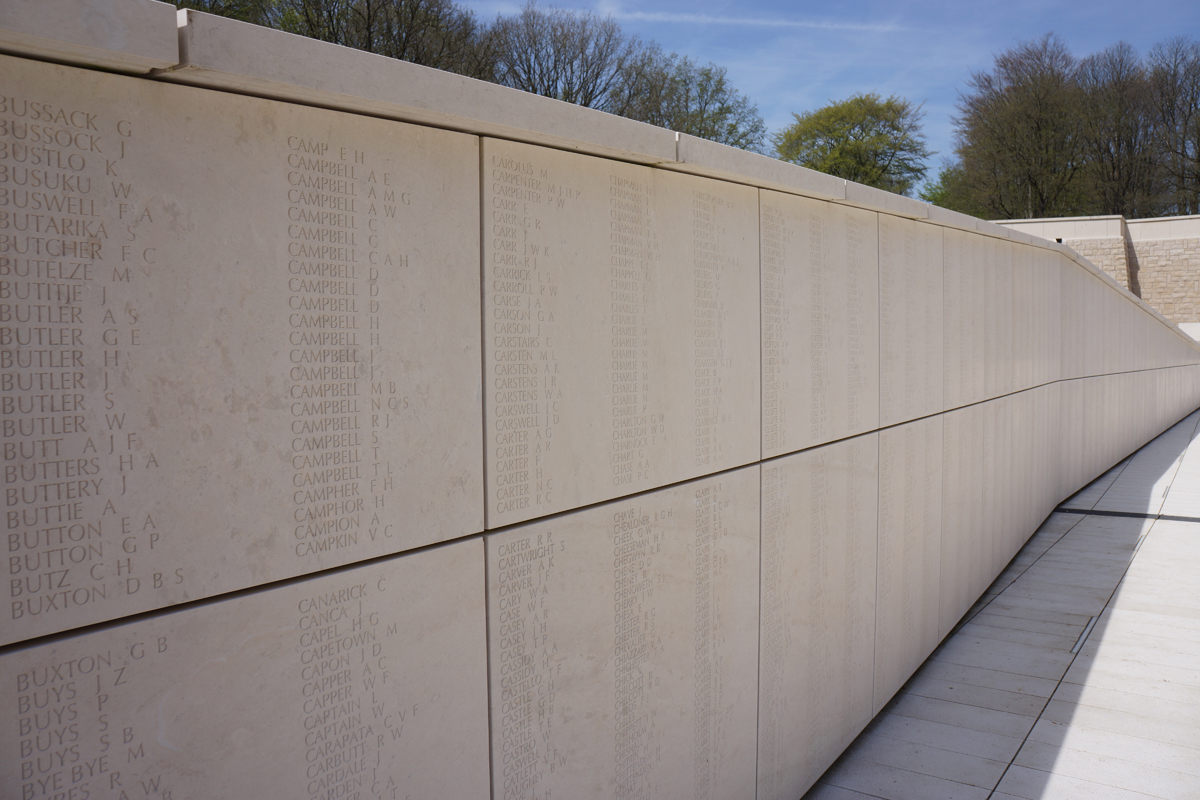
Memorial Wall, South African National Memorial, Delville Wood
Here are recorded the names of 15,000 South Africans who lost their lives during the First World War.
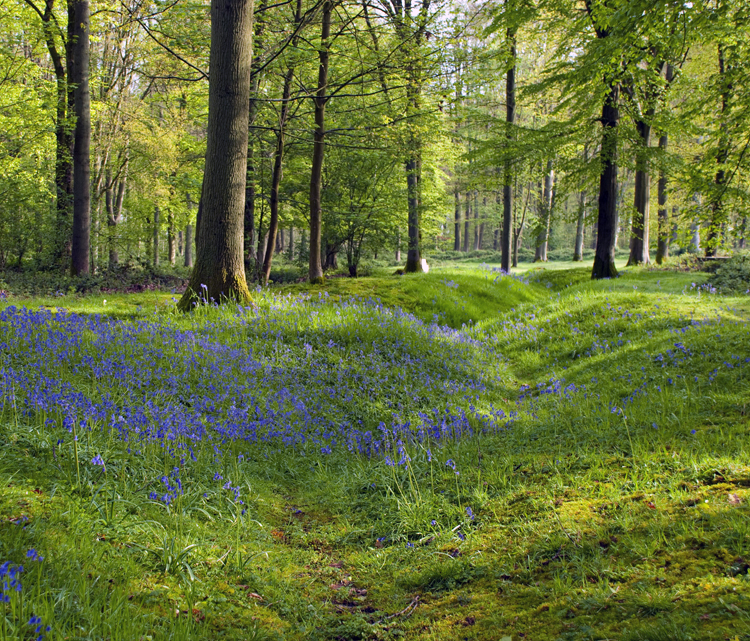
Delville Wood in springtime, with trench lines still visible
There are many who feel that Delville Wood is still haunted by the events of 1916. Even on a beautiful spring day one can feel the presence of the those who fought here.
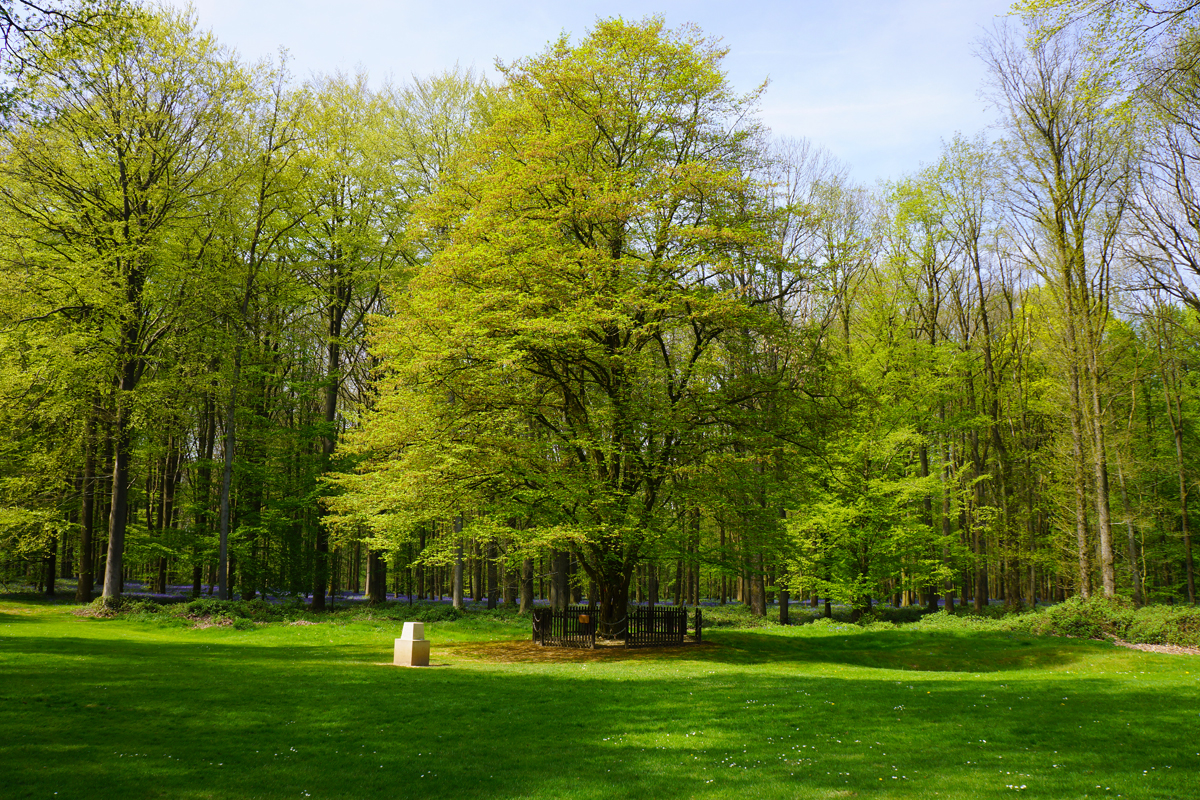
The Last Tree
At the end of the battle only one tree remained. It continues to grow in strength and size and is now both protected and revered. The rest of the wood regenerated showing the power of nature.On this tour you will walk in the woods, hearing the story of the South African Brigade in situ, the only way to begin to understand what they went through.
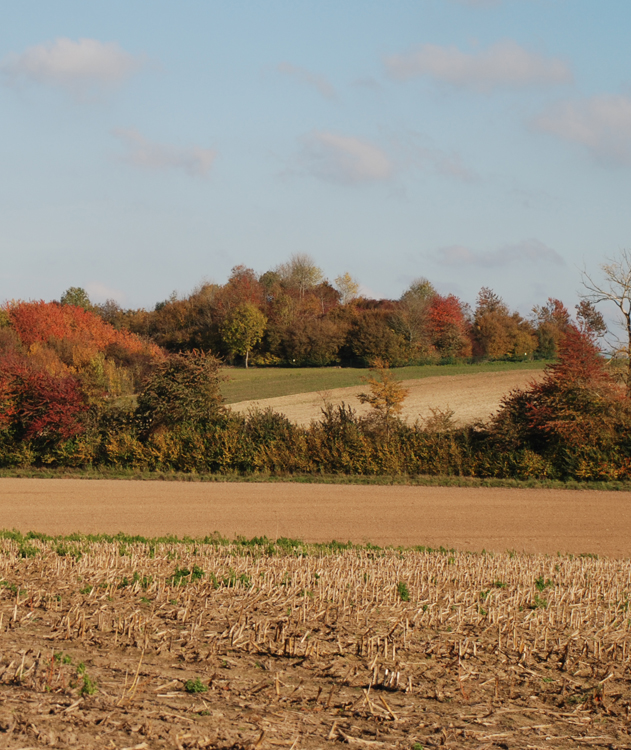
The Butte de Warlencourt
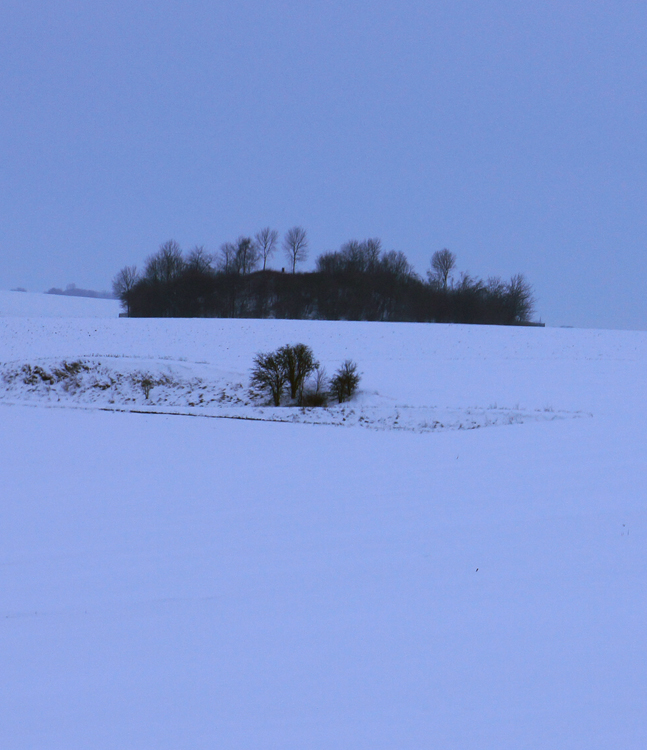
The Butte de Warlencourt in snow
The Butte de Warlencourt was an ancient burial mound that had been developed into a strongpoint by the Germans. Standing several metres higher than the surrounding countryside it was a natural observation point along the Bapaume-Albert Road. By 1916 the Germans had artillery and machine gun posts housed inside the mound making it a fierce obstacle. On 12th October the South African Brigade launched an attack on the trenches in front of the Butte with the intention of capturing the strong point itself. the weather was atrocious, and abnormally wet autumn together with continual shelling that churned up the ground had led to the brigade being bogged down. They continued repeated attacks without significant success until the 20th October when they were withdrawn having suffered some 1150 casualties.
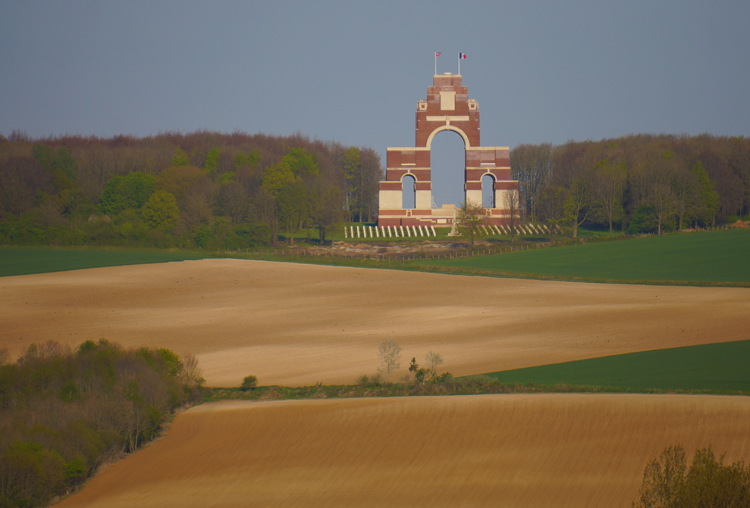
Thiepval Memorial to the Missing carries the names of over 73,000 men who fell during the Battle of the Somme and have no known grave
On a hill overlooking the battlefields stands Thiepval Memorial to the missing.
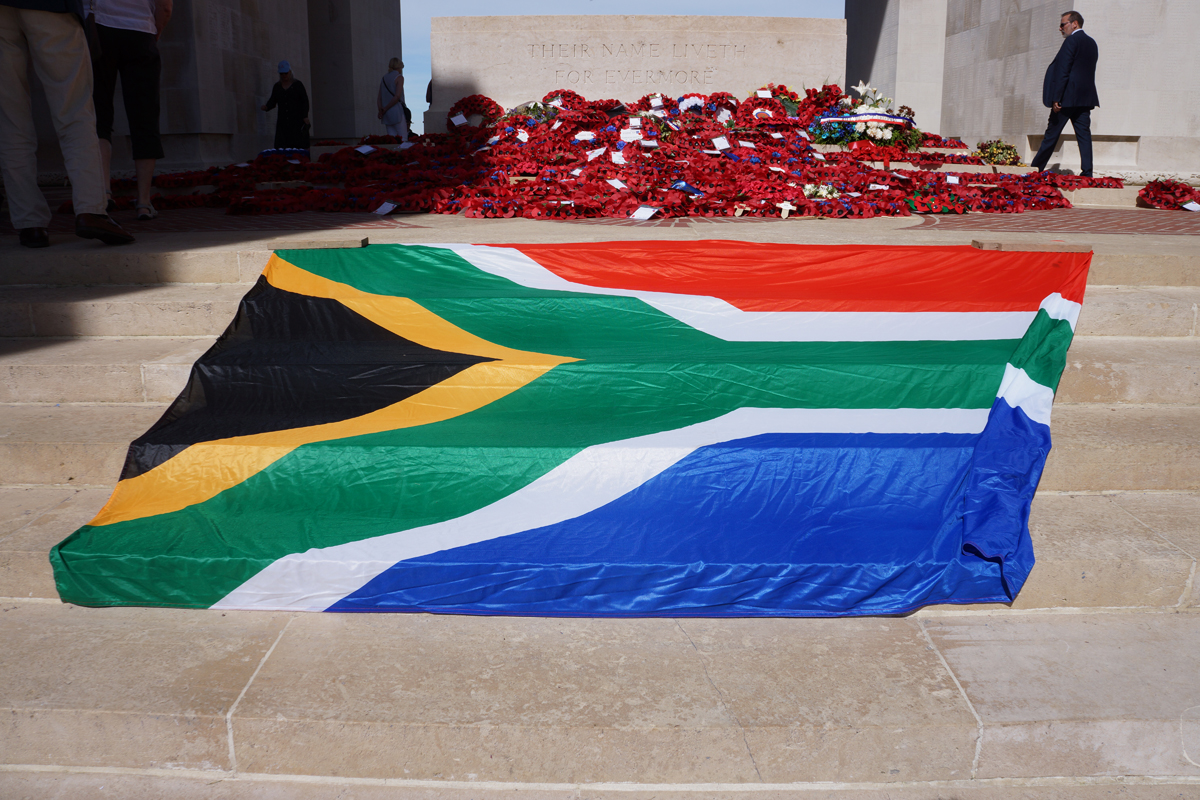
Thiepval Memorial to the Missing during a South African Ceremony of Remembrance
On its panels are the names of the British and South African men who died during the Battle of the Somme and have no known grave, remembered for all time.